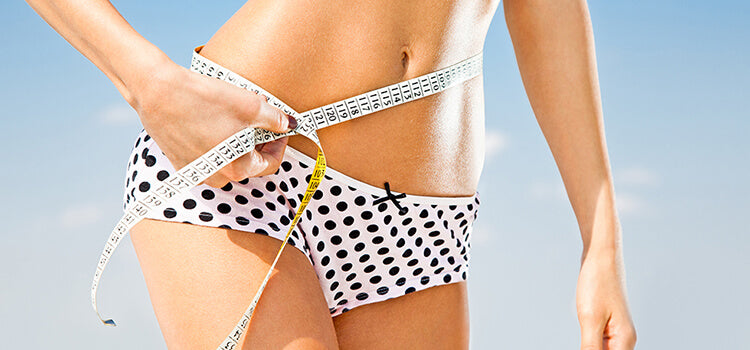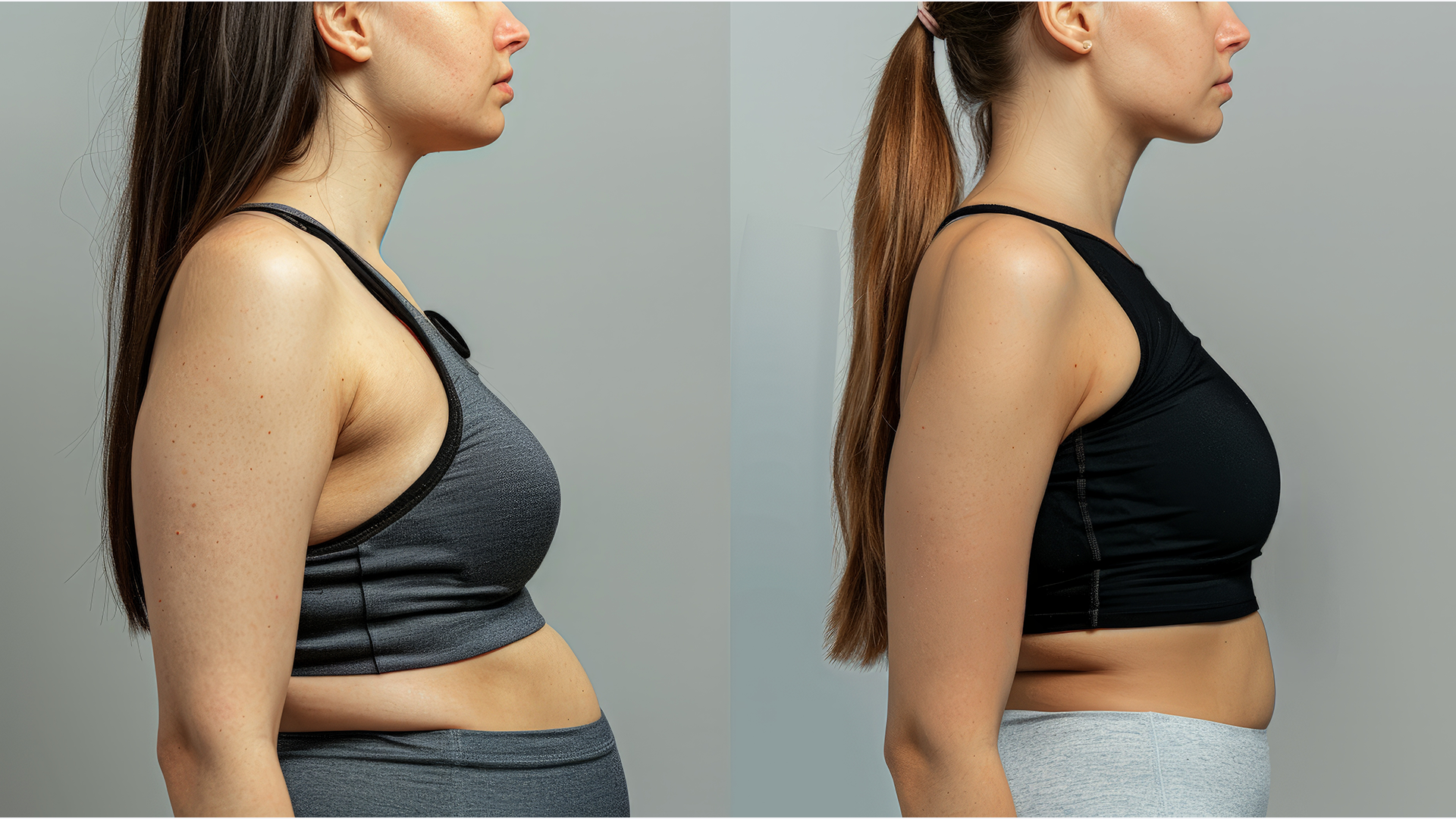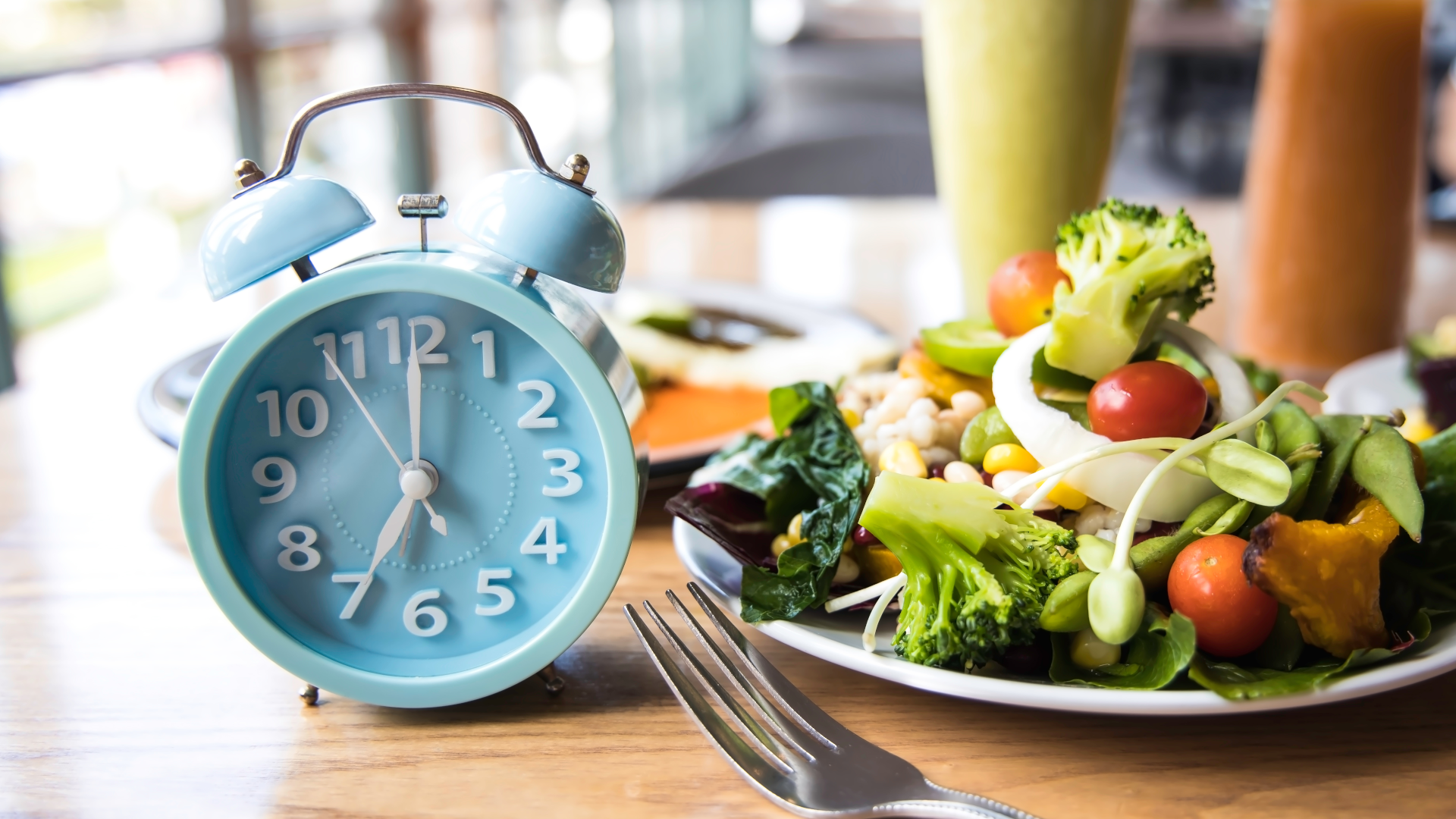How to measure success when dieting? Try These 5 Methods!
Most people measure their dieting success in pounds and on the bathroom scale. However, the bathroom scale doesn’t tell the entire story of weight loss, muscle gain, or other physical measures of health.
In fact, it only tells you a number.
Recently, other traditional measures of progress have come under fire. The most notable problem as of late is with body mass index (BMI) as it inaccurately reflects what portion of a person’s body is fat, bone, muscle, water, and other fluids or structures.
There are more accurate ways to measure your progress and success. Below, we explore 5 you should consider to get a more accurate idea of your health.
1: Record Your Progress
By progress we mean your measurements, the weight you’re lifting in the gym and how this increases over time, and other, more precise numbers, weight excluded.
As you lose fat and tone muscles, you will lose inches off your waist, thighs, and arms or perhaps even gain inches if your focus is on bulking. Likewise, as you get stronger, you will be able to lift, squat, and otherwise use heavier weights. By tracking this sort of progress, you will feel empowered and positive about your journey.

2: Take Photographs, and Lots of Them!
Photographs don’t lie whereas the scale can. By taking photos every four weeks at the same time and in the same clothes, you can see your physical progress and easily compare it to when you first started.
Don’t take photos too frequently or you may feel discouraged that you aren’t progressing quickly enough. Remember: Real, sustainable progress takes time and you must be patient.
3: Try On Old Clothes
How do your jeans fit after one month of progress? Two months? Six months?
Chances are, they’ll feel quite different and when you try them on, you’ll be able to feel the physical progress represented in the photographs you’ve taken. This kind of measurement isn’t a number, but will give you a confidence boost that helps you maintain motivation as well.
You may even want to try on a smaller piece of clothing you used to wear to measure your progress and how well it begins to fit as you progress.
4: Take Your Measurements (and do so Carefully)
A measuring tape is a great way to see where you’re losing weight. Because muscle weighs more than fat, the scale may be inching upwards while you’re actually getting smaller.
By taking measurements of your biceps, waist, hips, thighs, calves, and any other area you want to monitor, you can better understand if you’re losing weight and where your results are most apparent.
5: Get Your Body Composition Measured by a Professional
While all of these methods are great alternatives to the scale or faulty BMI measurements, you may still want to go to a professional to learn your body composition. Professionals often use more accurate measurements, such as body calipers, to determine body fat.
There are other available methods, such as hydrostatic underwater weighing, that are more precise. However, these methods tend to be expensive.
Your Dieting Success is More Than Your Weight
You should never rely on the scale alone as a measure of success. You may be losing muscle rather than fat, or gaining water weight while losing fat and gaining muscle.
Instead, turn to the 5 methods above to feel good and more accurately measure your progress.




